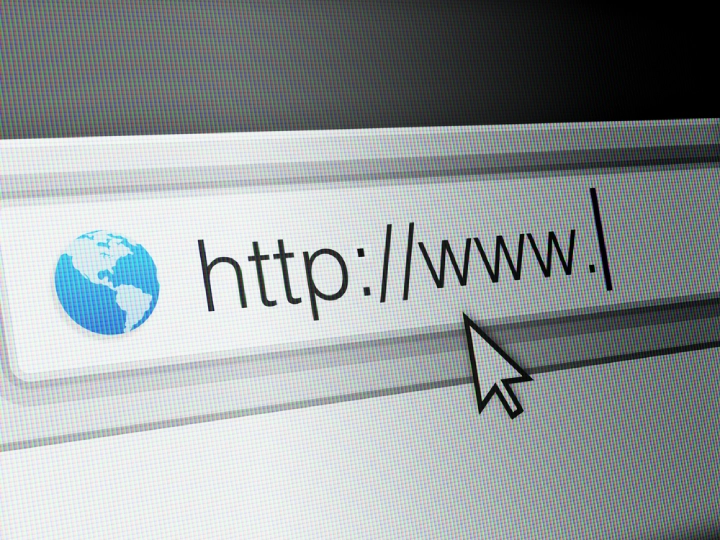
A Uniform Resource Locator, or URL, is used to identify a specific resource on the Internet. This is why it is also called a web address.
What is a URL exactly?
Technically, a URL is a web resource that specifies its location on a computer network. It corresponds to a file’s unique address which is available on the Internet.

URLs are part of the uniform resource identifier (URI) portfolio, which is a set of characters used to give resources an identification.
It is usually displayed in the address bar at the top of a browser, like Google or Bing, with a typical URL being shown in the following format: http://www.techmonitor.ai.
How is a URL structured?
A URL is typically made up of two main components: HTTP, which is the protocol identifier, and the website domain, which is known as the resource name.
There are various elements that a URL can include. For instance, HTTP (Hypertext Transfer Protocol) and HTTPS (HTTP Secure) for websites, Mail for email addresses and FTOP for files embedded in a File Transfer Protocol (FTP) server.
The way URLs have to be structured is very specific. They can be shared on the Internet only if they are using the ASCII character set.
Who defined the first URL?
URLs were first defined in 1994, by the same man who created the World Wide Web, Sir Tim Berners-Lee and the Internet Engineering Task Force (IETF).
Berners-Lee apparently expressed regret at the use of dots to separate the parts of the domain in the URL – he had wanted to use slashes.
The most popular URL visited on the internet is google.com, followed by the usual tech giants of Youtube, Facebook and Baidu.
URLs are firstly divided into two different parts, the protocol identifier and then the resource name, which shows the name of the local where a given resource is located.
Often used on social media platforms like Twitter, URL shortening has become popular in recent times. Often achieved by using a redirect with a domain name which is shorter than the original, URL shortening drastically reduces the length of the URL – though clicks on the shortened address will still direct to the required page.
Read more: What is Ymail?






